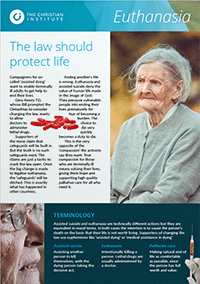A ten-year-old boy has had his windpipe rebuilt using his own stem cells in a pioneering operation.
The boy, whose identity has been kept a secret, was born with a windpipe that measured just one millimetre across, rendering him unable to breathe.
But now doctors have given the youngster a new lease of life and the plummeting cost of the surgery could lead to a revolution in transplant surgery.
Ethical
This is the latest in a series of good news stories involving ethical use of adult stem cells, also known as ‘non-embryonic’ stem cells.
Doctors at the Great Ormond Street Hospital conducted the nine hour operation.
The boy’s stem cells, extracted from his bone marrow, were collected first.
Transplanted
The youngster’s stem cells were then injected into a donor’s windpipe, which had been stripped of its own tissue, and transplanted into the boy.
The stem cells should trigger the organ to regenerate inside the youngster’s body, and doctors believe the boy’s new windpipe will be as normal within weeks.
A spokesman for the Great Ormond Street Hospital said: “The child is extremely well.
“He says it’s easier for him to breathe than it has been for many years.”
Rapid
This new operation demonstrates just how rapidly the use of non-embryonic stem cells in medicine has progressed.
Two years ago a woman in Spain was told that she may lose a lung after tuberculosis caused the collapse of one of the tubes connecting her windpipe to her lungs.
Doctors allowed the woman’s stem cells to grow on a donated windpipe in a lab, before the organ was transplanted.
Cheaper
But in the ten-year-old’s case the stem cells will create the tissue within the youngster’s body at a fraction of the cost.
Prof Birchall said that since the Spanish operation the cost for the procedure had fallen from “millions of pounds” to “about £10,000”.
Doctors hope that adult stems will revolutionise transplant operations.
Professor Martin Birchall, head of translational regenerative medicine at University College London said: “We don’t think it’s going to replace conventional transplants just yet, but already there are certain aspects of conventional transplant surgery it can be applied to.”
Advancing
Non-embryonic stem cells have previously hit the headlines for advancing medical care.
In December it was revealed that a man who suffered a broken leg during a climbing accident had it saved from amputation because of a new adult stem cell technique.
The orthopaedic surgeon behind the operation described the technique, which involves mixing adult stem cells with collagen gel, as “amazing”.

